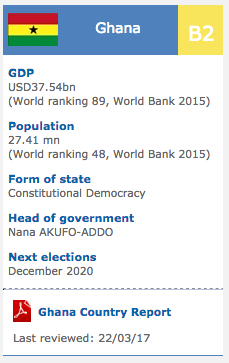Nepal: Nepal Art / Culture Profile 2012
2012/03/20
Nepal Art / Culture Profile 2012
Nepalese culture is diverse, reflecting different ethnic origins of the people. The Newar community is particularly rich in cultural diversity; they celebrate many festivals, well known for their music and dance.
A typical Nepalese meal is dal-bhat-tarkari. Dal is a spicy lentil soup, served over bhat (boiled rice), served with tarkari (curried vegetables) together with achar (pickles) or chutni (spicy condiment made from fresh ingredients).. The Newar community, however, has its own unique cuisine. It consists of non-vegetarian as well as vegetarian items served with alcoholic and non-alcoholic beverages. Mustard oil is the cooking medium and a host of spices, such as cumin, coriander, black peppers, sesame seeds, turmeric, garlic, ginger, methi (fenugreek), bay leaves, cloves, cinnamon, pepper, chillies, mustard seeds etc., are used in the cooking. The cuisine served on festivals is generally the best.
The Newari Music orchestra consists mainly of percussion instruments, though wind instruments, such as flutes and other similar instruments, are also used. String instruments are very rare. There are songs pertaining to particular seasons and festivals. Paahan chare music is probably the fastest played music whereas the Dapa the slowest. There are certain musical instruments such as Dhimay and Bhusya which are played as instrumental only and are not accompanied with songs. The dhimay music is the loudest one. In the hills, people enjoy their own kind of music, playing saarangi (a string instrument), madal and flute. They also have many popular folk songs known as lok geet and lok dohari.
The Newar dances can be broadly classified into masked dances and non-masked dances. The most representative of Newari dances is Lakhey dance. Almost all the settlements of Newaris organise Lakhey dance at least once a year, mostly in the Goonlaa month. So, they are called Goonlaa Lakhey. However, the most famous Lakhey dance is the Majipa Lakhey dance; it is performed by the Ranjitkars of Kathmandu and the celeberation continues for one whole week that contains the full moon of Yenlaa month. The Lakhey are considered as the saviors of children.
Folklore is an integral part of Nepalese society. Traditional stories are rooted in the reality of day-to-day life, tales of love, affection and battles as well as demons and ghosts and thus reflect local lifestyles, cultures and beliefs. Many Nepalese folktales are enacted through the medium of dance and music.
The Nepali year begins in mid-April and is divided into 12 months. Saturday is the official weekly holiday. Main annual holidays include the National Day, celebrated on the birthday of the king (December 28), Prithvi Jayanti, (January 11), Martyr's Day (February 18) and a mix of Hindu and Buddhist festivals such as dashain in autumn, and tihar in late autumn. During tihar, the Newar community also celebrates its New Year as per their local calendar Nepal Sambat.
Most houses in rural lowland of Nepal are made up of a tight bamboo framework and walls of a mud and cow-dung mix. These dwellings remain cool in summer and retain warmth in winter. Houses in the hills are usually made of unbaked bricks with thatch or tile roofing. At high elevations construction changes to stone masonry and slate may be used on roofs.
- Nepal News
-
- AFGHANISTAN: UNWTO: International tourism – strongest half-year results since 2010
- BANGLADESH: The Bangladesh, Bhutan, India and Nepal (BBIN)
- AFGHANISTAN: Higher earning Why a university degree is worth more in some countries than others
- NEPAL: Finance Minister of the Year 2016
- AFGHANISTAN: Global growth will be disappointing in 2016: IMF's Lagarde
- NEPAL: Nepal quake-reconstruction body finally cleared to start working
- Trending Articles
-
- EUROPE: Ball Corporation Debuts Three New Aluminium Beverage Can Sizes
- ZAMBIA: Zambia insists on fish import restriction despite deficit
- SOUTH AFRICA: Nigeria and South Africa emerge from recession
- WORLD: How fair is our food? Big companies take reins on sourcing schemes
- CHINA: Xi Jinping opens BRICS Summit in Xiamen, asks members to shelve differences
- NIGERIA: The Security and Exchange Commission approves the 40th Annual General Meeting of Oando PLC














